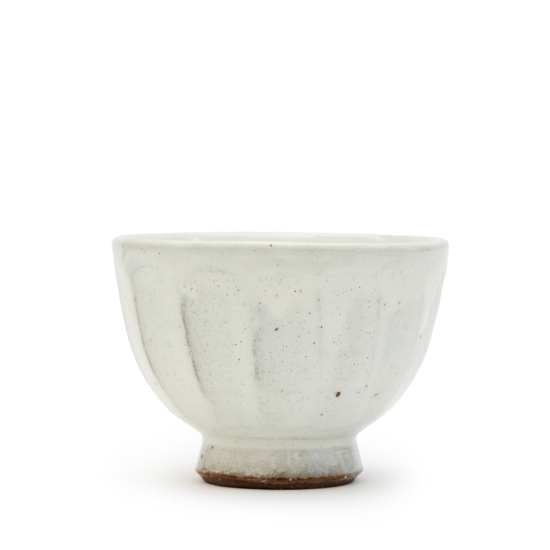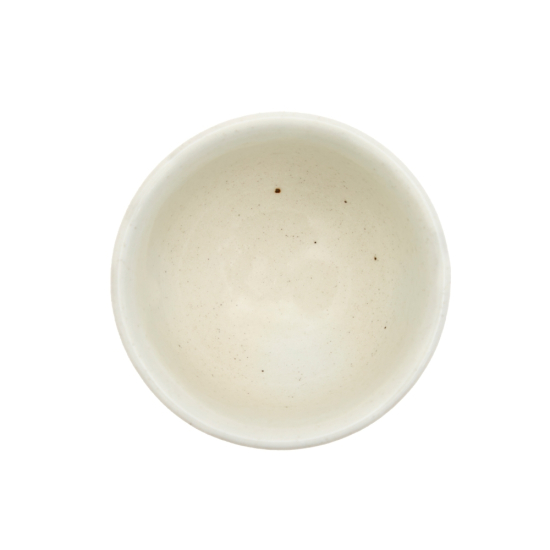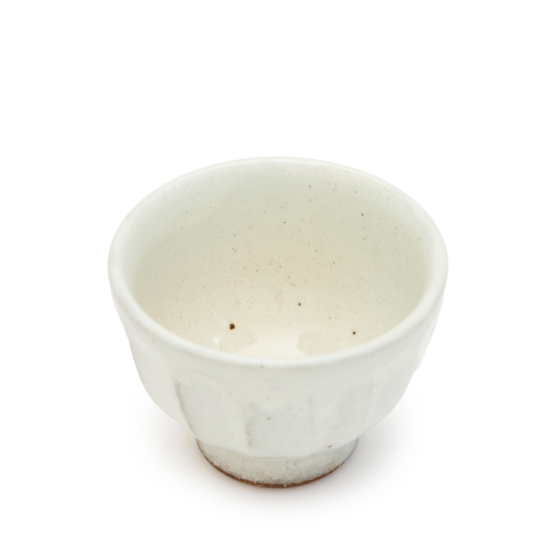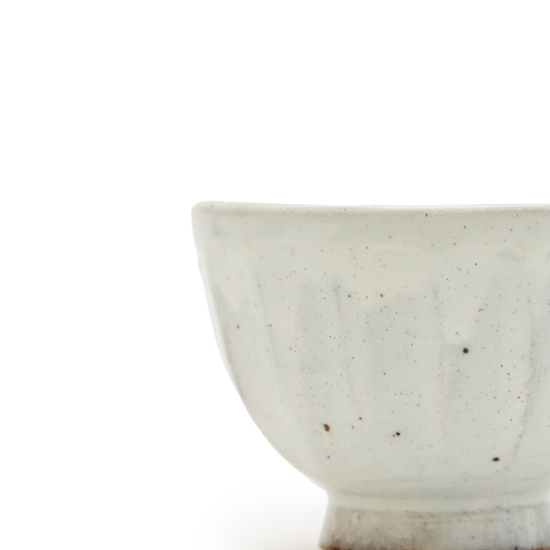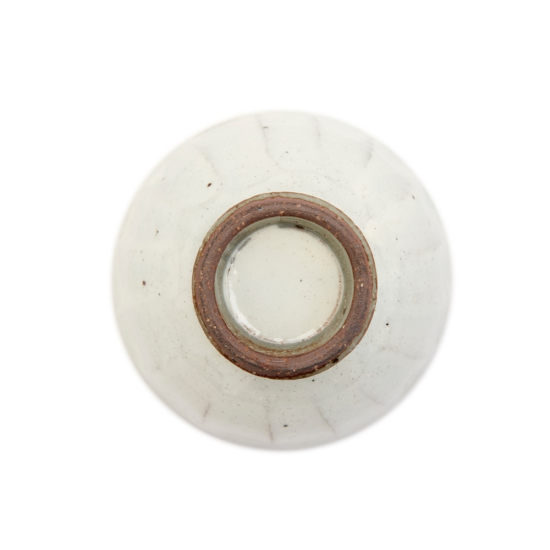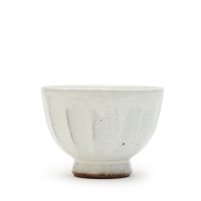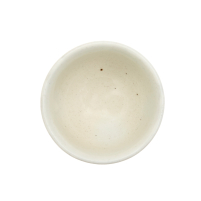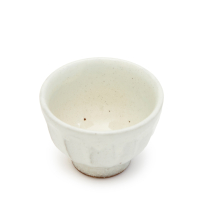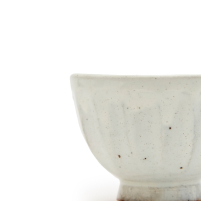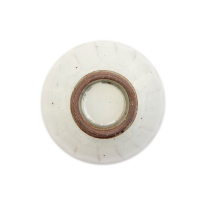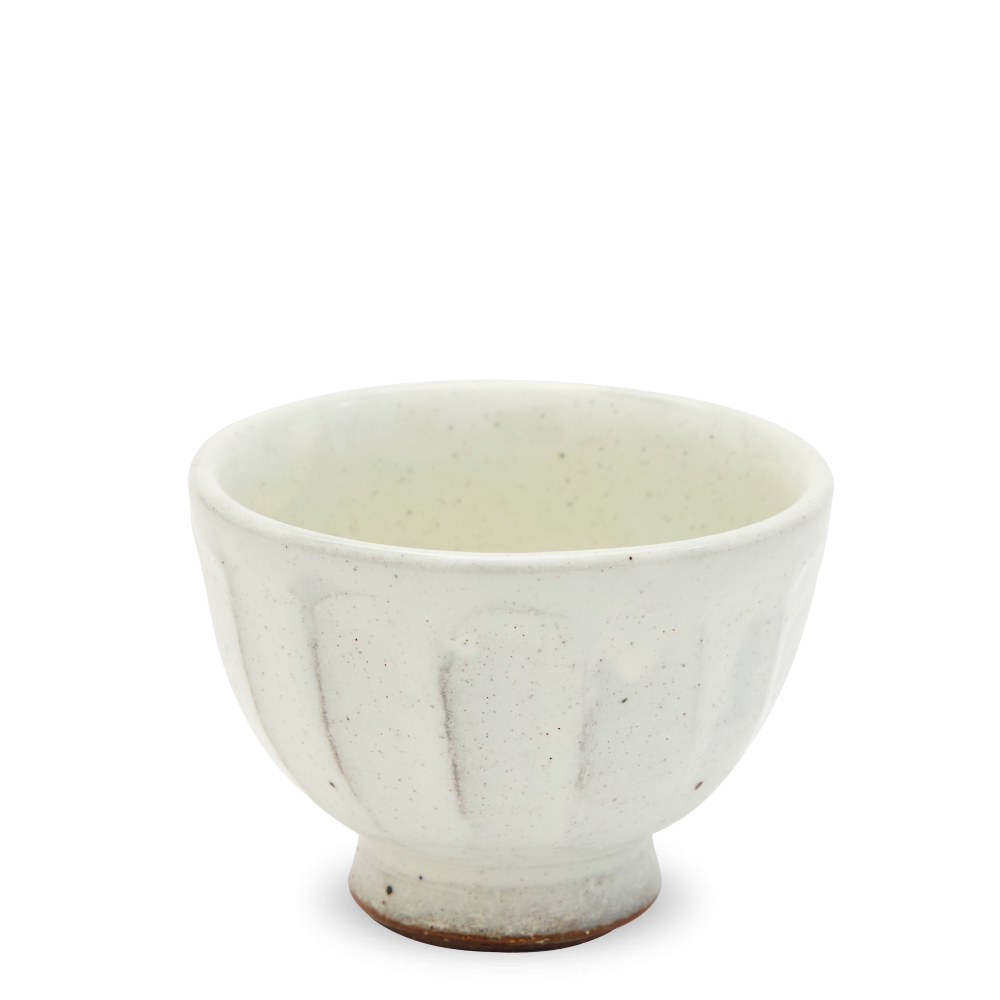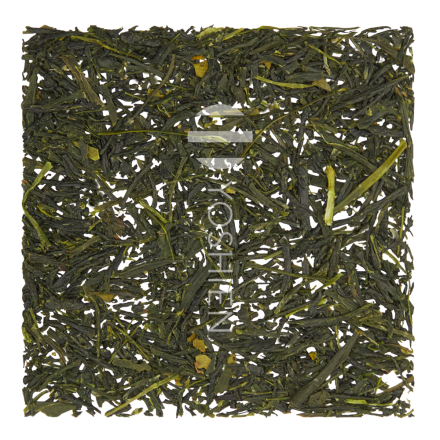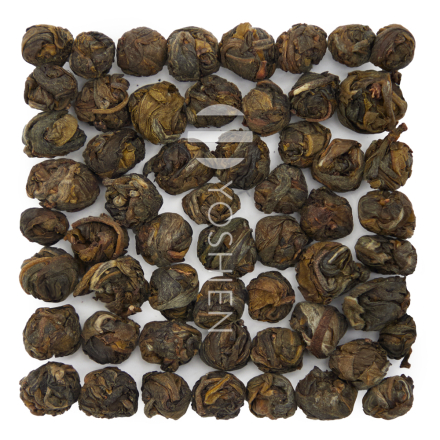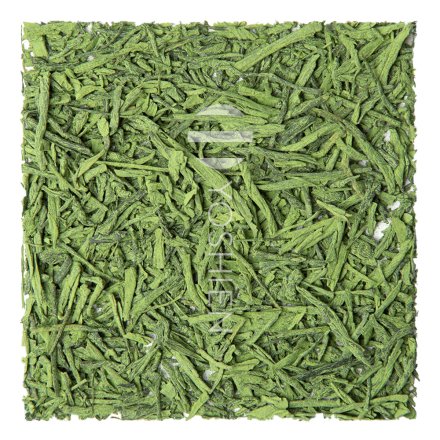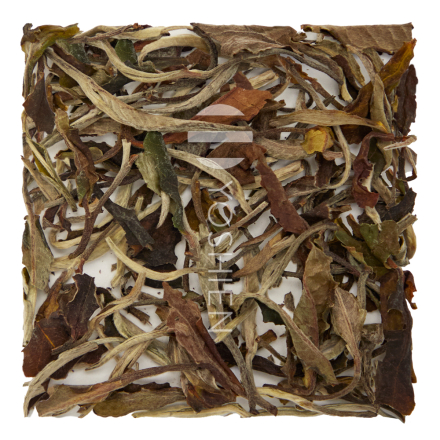Produced in the historic Mino province, present-day Gifu prefecture, Mino-yaki has a long ceramic history dating back to the 11th century, and since the 19th century has specialised in porcelain for everyday crockery. Mino ceramic production developed in correlation with that of Seto, in neighbouring Aichi prefecture, where one of the legendary Six Ancient Kilns of Japan was located. A variety of styles and glazing techniques were produced in Mino following the Japanese tea ceremony, or Chanoyu, boom in the Momoyama period (1573–1615), including yellow Kiseto, black Setoguro and Tenmoku glazes, as well as Shino and Oribe wares.
Kohiki 粉引
A traditional style of slipware, Kohiki originated from Korean Buncheong ceramics of the late 15th century in an attempt to imitate white Chinese porcelain. The name Kohiki means "ground powder" and alludes to the fine powdery coating of the glaze, which is achieved by dipping a dark, iron-rich clay body into a white slip, which is then finished with a thin layer of translucent feldspar or ash glaze. This results in a soft, warm and organic feel, in contrast to the stark white of porcelain.



